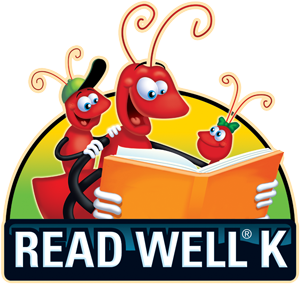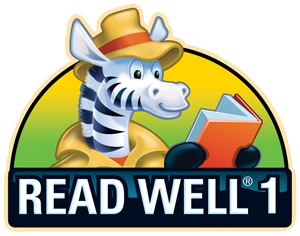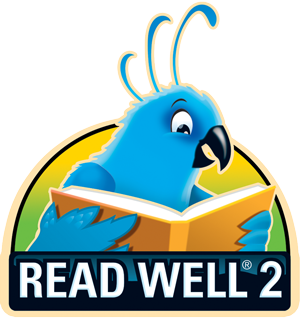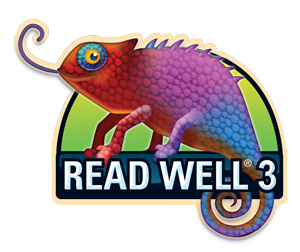School districts across the country use Read Well in primary grades to support all types of early learners

Read Well K
- Whole-class activities address different learning styles
- Focus on phonics and phonemic awareness with games, songs, stories, art projects, and handwriting activities
- Small-group instruction focuses on decoding, vocabulary, comprehension, and fluency
- Composition unit provides explicit instruction in the writing process, writing traits, handwriting, and read-aloud comprehension and vocabulary
Read Well 1
- Features individualized small-group instruction where students:
- Practice story reading
- Learn vocabulary
- Develop decoding strategies
- Improve comprehension
- Master test-taking strategies
- Increase fluency
- Composition unit provides explicit instruction in the writing process, writing traits, handwriting, and read-aloud comprehension and vocabulary
- Spelling and Writing Conventions unit incorporates complementary whole class instruction


Read Well 2
- Continues to build the foundational skills necessary to reading more sophisticated narrative and expository text selections
- Focus on low-frequency letter/sound associations, word parts, and multisyllabic word fluency
- Expansion of vocabulary, content knowledge, and comprehension skills
- Spelling and Writing Conventions unit incorporates complementary whole-class instruction
- Composition unit provides explicit instruction in the writing process, writing traits, handwriting, and read-aloud comprehension and vocabulary
Read Well 3
- Expands on Read Well K–2 model, teaching critical comprehension and encoding skills for deeper understanding of content-area text
- Provides modeling, collaboration, and independent practice to develop analytical and abstract thinking skills
- Embedded assessment and progress monitoring helps teachers provide targeted, effective instruction on an ongoing basis



